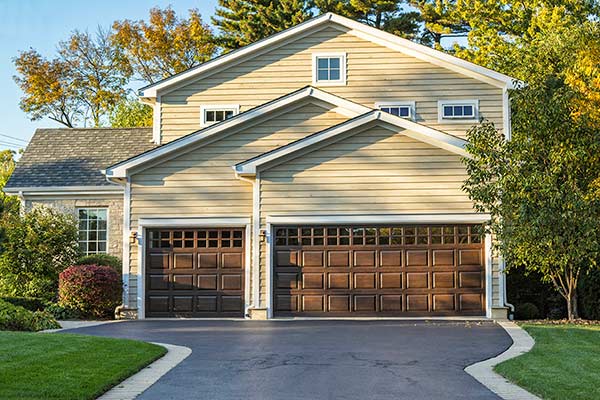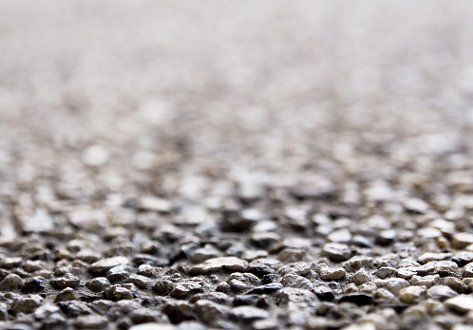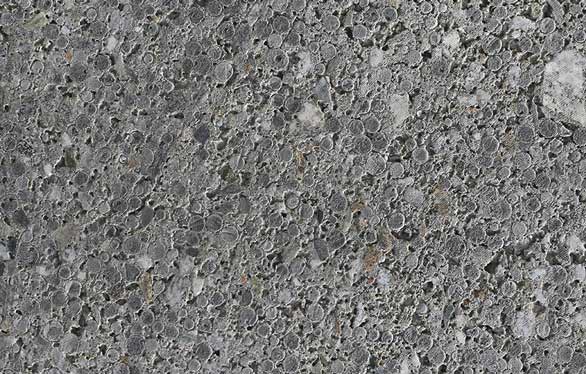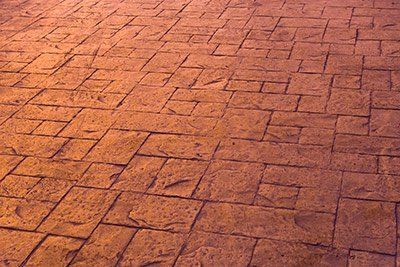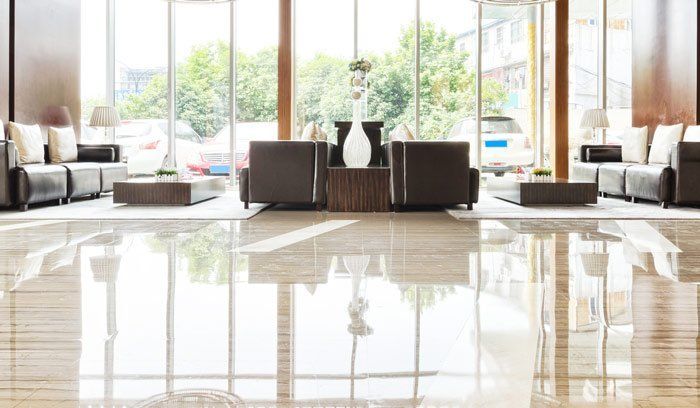A home's interior should reflect the style sense and aesthetic of the homeowners. You probably don't associate the gray concrete used to make sidewalks and driveways with style, but concrete can be brought indoors to make a bold style statement.
Concrete is used to create surfaces that must withstand heavy traffic for a reason. Concrete is durable and easy to maintain. These attributes make a concrete floor the perfect addition to any busy family home.
All you need is a little creativity and the right tools to transform concrete floors from drab and institutional to a major style feature within your home.
Dyes and Stains
Experienced concrete installers can utilize dyes and stains to give your concrete floors some color. These coloring agents produce unique colors and patterns that will help your concrete flooring make a bold statement within your living space.
Dyes can be either water or solvent soluble, and they are added to concrete during the mixing phase. The dye particles penetrate the pores of the concrete aggregate, changing the physical appearance of the mix. If you want a more marbled look, then go with a water-soluble dye. Solvent-soluble dyes tend to create a more uniform color pattern.
Stains are not applied directly to the concrete mix. These products are applied over the top of cured concrete. The stain etches the color into the surface of the concrete floor.
Keep in mind that the appearance of the stain in the bottle might be different from the appearance of the stain after it interacts with the concrete. You should always complete a small test patch when using a stain to ensure that you end up with the color you desire.
Stamped Patterns
Homeowners who want the appearance of natural stone or brick floors without the additional maintenance these materials require can benefit from stamped concrete. To make stamped concrete, contractors use rubber stamps to impress a design into the surface of poured concrete as it cures.
The contractors will tint the poured concrete with an integral color that they mix into the concrete at the factory. This serves as the base color for your flooring. Then they add an accent color to the release agent, which prevents the rubber stamp from sticking to the concrete.
Once they have stamped and cured the entire floor surface, they'll wash the floor to reveal the underlying color pattern created by the base and accent colors. Lastly, the contractor will apply a sealant over the top of the stamped concrete to help lend added durability to the surface.
Stamped patterns are a great option for homeowners looking to add interest and prestige to their homes while still keeping maintenance requirement low.
Polymer Overlays
A polymer overlay is the answer to existing concrete floors that need to be updated. It isn't cost effective to tear out old concrete and pour new flooring to dye, stain, or stamp. Instead, you can have contractors apply a polymer-modified material directly over the top of the existing concrete surface.
The overlay restores the appearance of the floor, and it can even be slick-finished and acid-stained to create a unique aesthetic.
If you are thinking about featuring concrete flooring in your home, many options are available to help you achieve the designer look you desire. Adding color to plain concrete through dyes or stains and using rubber stamps to create interesting patterns can help transform drab, gray concrete into a show-stopping surface.
Contact
Carolina Concrete Designs, Inc., for more information. We can show you how to integrate concrete flooring into your home to make a bold interior design statement.

